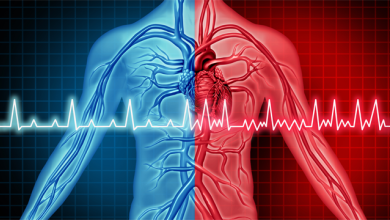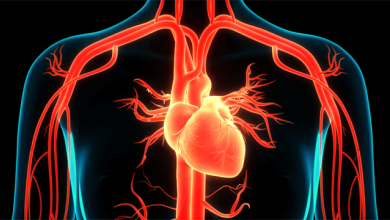Search results
Author(s):
Kristian Rivera
,
Cristina Marzo
,
Nuria Sans
,
et al
Added:
3 years ago
Topic: 1. Clinical Cardiology
Introduction
Universal use of Direct Oral Anticoagulants (DOACs) in non-valvular atrial fibrillation (nVAF) is not possible for economic reasons. It is necessary to prescribe them to those patients with greater potential benefit. The best way to achieve this objective is the application of a territorial protocol, designed and accepted by all professionals…
View more
Author(s):
Antoni Martínez-Rubio
,
Mario DiazNuila-Alcazar
,
Anna Soria Cadena
,
et al
Added:
3 years ago
Atrial fibrillation (AF) is the most commonly encountered arrhythmia in clinical practice in Western countries. The prevalence of AF depends on the population studied1 and especially on age.2–9 It is affected by increasing longevity and is modulated by the prevalence of cardiovascular risk factors, especially arterial hypertension and related habits. In Spain, for example, the prevalence of AF…
View more
Author(s):
Julia Sikorska
,
James Uprichard
Added:
3 years ago
For more than 50 years, oral vitamin K antagonists (VKAs) were the choice of anticoagulant for the long-term treatment and prevention of arterial and venous thromboembolic events (VTE). VKA treatment is safe and effective, if a high time in therapeutic range is achieved. However, achieving a stable, therapeutic international normalised ratio can prove challenging in the context of drug and food…
View more
Author(s):
Antoni Martínez-Rubio
,
Gheorghe-Andrei Dan
Added:
3 years ago
Are low doses of direct-acting oral anticoagulants justified and appropriate in patients with nonvalvular atrial fibrillation?
The novel direct-acting oral anticoagulants (NOACs) apixaban, dabigatran, edoxaban and rivaroxaban overcome most drawbacks of vitamin K antagonists and have proven efficacious and safe in well-designed multicentre randomised clinical trials.1–4 Furthermore, the…
View more
Author(s):
Nadzeya Kuzniatsova
,
Gregory YH Lip
Added:
3 years ago
Atrial fibrillation (AF) is the most common cardiac rhythm disorder in everyday clinical practice, affecting 1–2% of the general population. The prevalence of AF is strongly age-dependent, increasing from <1% in patients under 60 years of age to almost 10% in patients 80 years of age or older1 and 17.8% in those 85 years of age and above.2 Population-based studies have shown lifetime risks for…
View more
Author(s):
Han Naung Tun
,
May Thu Kyaw
,
Erik Rafflenbeul
,
et al
Added:
1 year ago
Author(s):
Tri Huynh Quang Ho
,
Minh That Ton
,
Viet Lan Nguyen
,
et al
Added:
4 months ago
Author(s):
Daniel TT Chong
,
Felicita Andreotti
,
Peter Verhamme
,
et al
Added:
2 years ago
Author(s):
Josep Gradolí
,
Verónica Vidal
,
Adrian JB Brady
,
et al
Added:
3 years ago
Atherosclerotic cardiovascular disease (CVD) comprises a large number of related pathologies, including ischaemic heart disease and peripheral arterial disease (PAD).1 This group of illnesses is the main cause of global morbidity and mortality and its prevalence increases remorselessly.2
Despite implementation of guideline-based therapy and optimal medical treatment, patients with established…
View more
Author(s):
Andreas Müssigbrodt
,
Gerhard Hindricks
Added:
3 years ago
Abstract
After the release of the 2010 guidelines of the European Society of Cardiology (ESC) and the 2011 update of the guidelines of the American Heart Association/American College of Cardiology (AHA/ACC), new evidence has emerged that requires adaption of current clinical practice in the treatment of atrial fibrillation (AF). In 2011, results were published from two central AF trials…
View more













